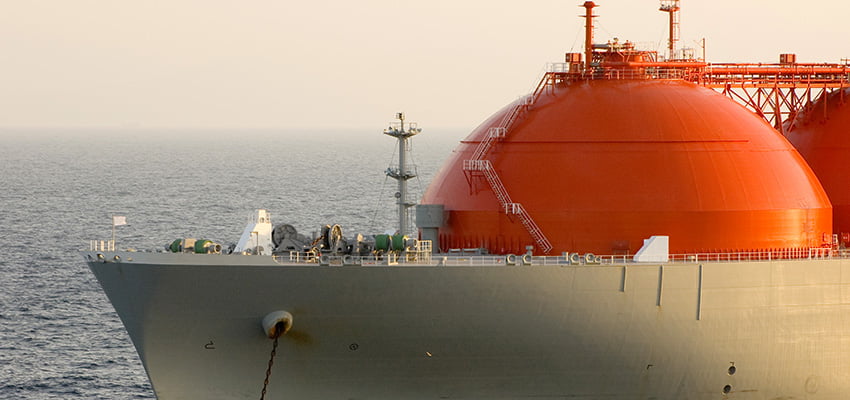LNG import projects are urgently needed in Melbourne and Sydney to counter the risks of a growing shortage of gas in the south eastern Australia, according to EnergyQuest’s recently released East Coast Gas Outlook to 2036 report.
Based on modelling by the energy consultancy gas production in New South Wales, Victoria, South Australia and Tasmania will start to fall behind demand by 2022.
By 2025, the report forecasts that annual gas production offshore Victoria will more than halve from current levels, dropping to 146 petajoules (PJ) from 336 PJ in 2018.
Supply from Queensland would need to increase to nearly one third of southern supply to fill the gap. However, moving this volume of gas south would run into constraints on the QSN Link Pipeline and the Moomba Sydney Pipeline.
However, the report warned more Queensland gas would only be a short-term palliative to the problems in the south because Queensland has challenges too.
EnergyQuest chief executive Graeme Bethune said he also expected Queensland gas production to start declining from 2025 due to a shortage of quality gas resources.
“The east coast faces a double whammy of insufficient gas in both the north and south,” He said.
The report finds that increasing reliance on Queensland gas will increase the wholesale price of gas delivered to Sydney or Melbourne into the $10-$13 a gigajoule (GJ) price range or even higher, and for longer.
There is a particular challenge of meeting peak winter demand in Victoria, NSW and Tasmania, which can be up to 1,200 terajoules (TJ) in a single day.
The report found that the south-eastern states need a new permanent source of gas supply, which can only be met by the proposed LNG import projects.
“Timing is critical and it is concerning that the regulatory processes in Victoria and New South Wales are dragging out, delaying decisions to go ahead with these new terminals,” Mr Bethune said.
“Here, we have investors willing to spend their own money to alleviate the east coast gas shortage but there does not appear to be any sense of urgency on expediting the approval process.”
The report found that LNG import terminals can provide long-term contracts to gas-users with transparent pricing, they would be located near major demand centres and are also well suited to meeting peaking demand.
Such terminals would also provide increased competition in the east coast gas market, something which is otherwise likely to decline.
“There are fears that such projects will lock the east coast into international gas prices but that has happened already,” Mr Bethune said.
“The start-up of the three Gladstone LNG projects has automatically linked the east coast gas market directly to global gas market prices and demand, where LNG prices are set. The Gladstone LNG plants currently supply 25% of domestic eastern coast gas.”
“Queensland gas delivered to New South Wales and Victoria is already priced at export parity. The differences in price with LNG imports are between export parity plus pipeline tariffs for domestic gas and import parity for imports. More importantly, if imports do not go ahead, the east coast will be short of gas with limited suppliers who do not have the restraint of active competition in setting their prices.”
Mr Bethune said restrictions on new supply – LNG imports and exploration – would lock the east coast into even higher gas prices.
He said blocking LNG import projects would not reduce prices but increase them, as restricting supply had never crystallised reduced gas pricing.f
“LNG importing is not necessarily forever. Both Argentina and Egypt went from exporting LNG to importing and are now back into exporting following substantial gas discoveries,” Mr Bethune said.
“LNG imports are not all that is needed. Development of domestic gas projects is also critical and should be more than competitive with imports.”
Plans have been mooted to install floating regasification and storage units (FRSUs) at Port Kembla and at Port of Newcastle to import LNG for the New South Wales market.
Just this week, Energy Projects and Infrastructure Korea (EPIK) announced it had signed a strategic partnership agreement with Hyundai LNG Shipping to develop FRSUs around the world, including at the Port of Newcastle.
Also, a similar planned LNG-import facility at Port Kembla was last year declared “Critical State Significant Infrastructure”. Australian Industrial Energy (AIE) signed a memorandum of understanding in June 2018 to develop a FSRU LNG import terminal at Port Kembla.
AIE is a consortium comprising Andrew “Twiggy” Forrest’s Squadron Energy, energy infrastructure investor Marubeni and Japanese LNG company JERA.

